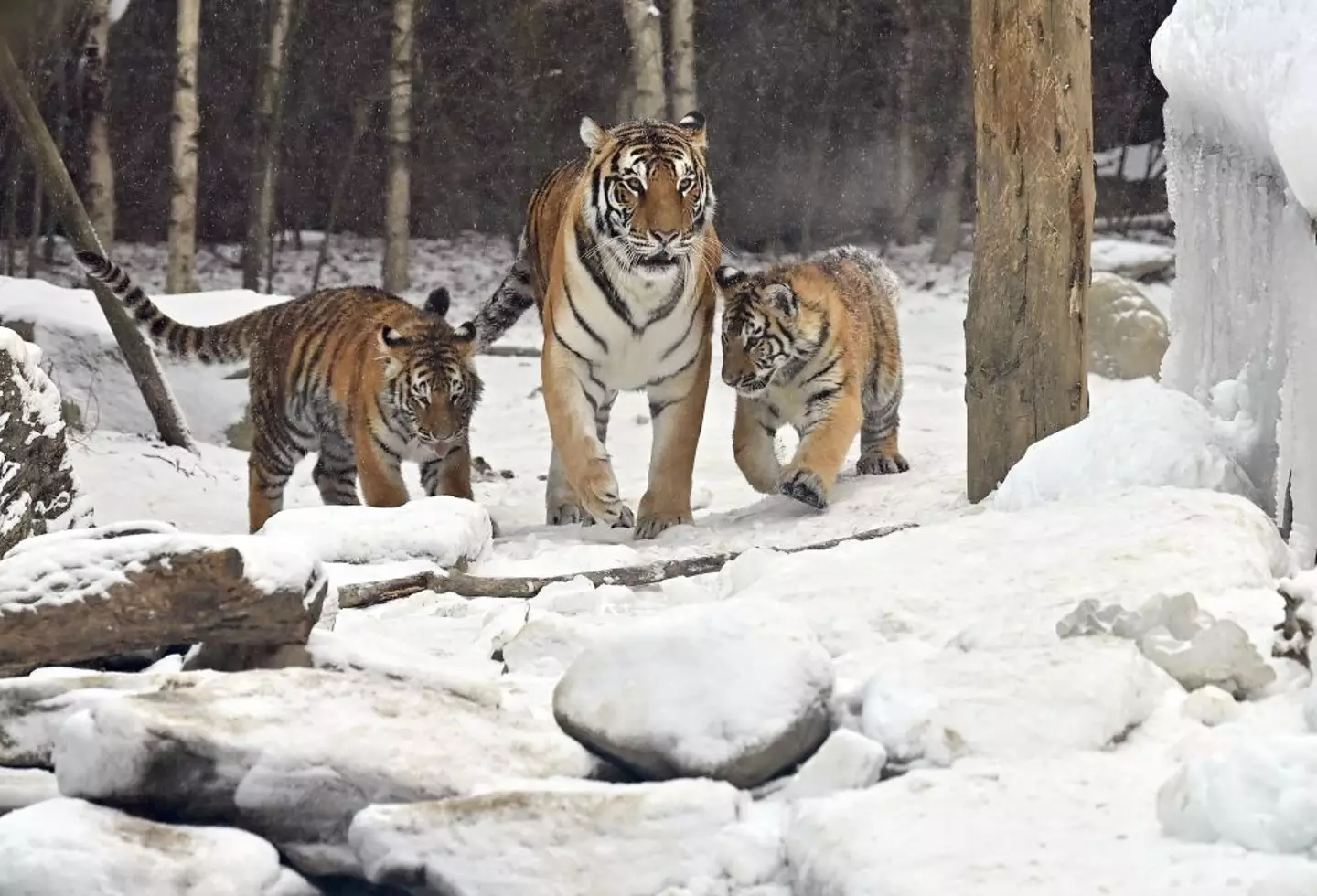
It’s not the kind of foraging trend anyone would want to see on TikTok, but according to a shocking new study, starving North Koreans have turned to hunting and eating tigers and badgers in a desperate fight to survive.
Researchers from the UK and Norway have revealed that hunger and poverty have pushed North Koreans to the edge, with many consuming wild animals - including endangered species - for food, medicine and trade.
The study, published in Biological Conservation, paints a bleak picture of a country stripped bare, where nearly every animal larger than a hedgehog is considered fair game.
"Almost every mammal species in North Korea larger than a hedgehog is opportunistically captured for consumptive use or trade," said Joshua Elves-Powell of University College London, who co-authored the four-year study.
Advert

"Even highly protected species are being traded, sometimes across the border to China."
To set the scene, the crisis traces back to the 1990s, when the collapse of the Soviet Union crippled North Korea’s economy and left millions without food. The communist state’s rationing system fell through, leading to a famine that killed up to one million people.
With supermarket shelves permanently bare and government rations long gone, many North Koreans turned to the wild. Bears, otters, deer, badgers and and even the critically endangered Siberian tiger became sources of meat, fur, and 'traditional medicine'.
Advert
The researchers, who interviewed 42 people now living in South Korea and Britain, heard stories of hunters, soldiers, and traders risking their lives to trap and sell wild animals. Some sold meat or body parts locally, while others smuggled products across the Chinese border.
Elves-Powell explained: "As well as a domestic market in wild meat and animal body parts, an international trade developed in which smugglers would try to sell North Korean wildlife products into China."
Yet one of the most alarming findings is that the Siberian tiger, a species only recently reintroduced into northeastern China, is being targeted by desperate hunters. Experts fear that the illegal trade in tiger meat and parts could undo decades of conservation work across the border.
Researchers have warned: "Our investigation shows that tigers which disperse into North Korea are at risk of being killed for their body parts, which may negatively impact the region’s recovering tiger population."
Advert

North Korea is not a signatory to the Convention on International Trade in Endangered Species (CITES), which regulates the global trade of threatened wildlife. That loophole makes it nearly impossible for international conservation groups to monitor or intervene to try and save the species.
People also described 'state-run wildlife farms', where animals such as bears, deer, otters, and pheasants are bred not for conservation, but for consumption and trade.
Deer antlers, bear bile, and tiger bones were also reportedly processed for traditional remedies believed to boost strength or virility, making them luxury goods for the elite amid a starving nation.
Advert
Researchers concluded that the scale of wildlife exploitation is pushing many species toward extinction.
"There is clearly a serious risk that the unsustainable exploitation of wildlife in North Korea has severe consequences, including the extirpation of key species," the study said.
